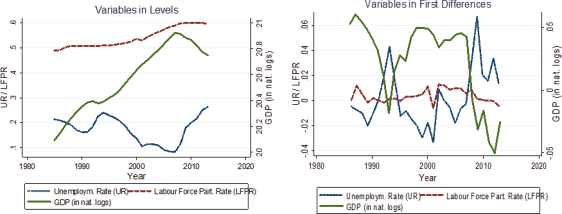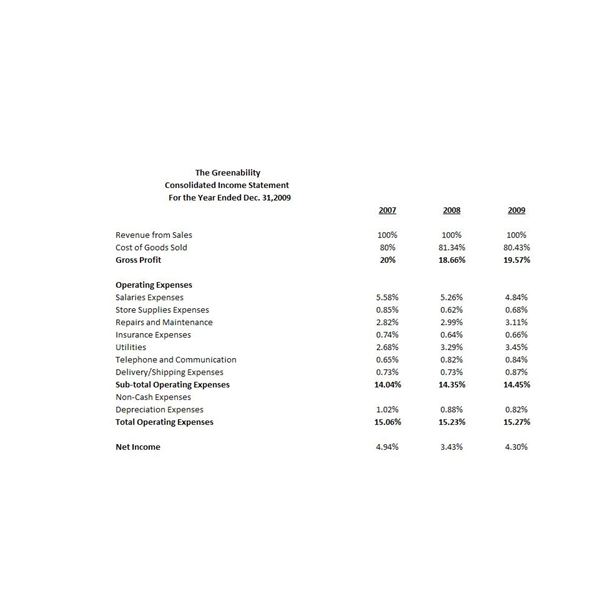
Recent research by Stephen Allen of IMEDE suggests that the divisional and matrix models are largely straw men. Moreover, even the matrix’s strongest advocates warn of various obstacles to implementation.3 3. Stephen A. Allen, “Organizational choices and general management influence networks in divisionalized companies,” Academy of Management Journal, 1978, Volume 21, Number 3, pp. 341–65. “Power struggles,” “groupitis,” and “navel-gazing” are among the matrix-related pathologies identified by Stanley Davis and Paul Lawrence.4 4.Stanley M. Davis and Paul R. Lawrence, “Problems of matrix organizations,” Harvard Business Review, May–June 1978, p. 131.
Some companies may even hold on to underutilized employees to avoid losing a valuable employee to a competitor. However, without enough work to maintain a busy workplace, the company loses money rapidly. It is critical to have the best and the brightest working on each project. However, there is a limit on what the worker can cover within the allotted daily work time. Overworking the best employees can drive them to seek employment elsewhere. Although projects inevitably finish, the project team and management may continue to perform assigned duties throughout the project.
What are the origins of the Matrix Organizational Structure?
In a matrix organization, team members (whether remote or in-house) report to a project manager as well as their department head. This management structure can help your company create new products and services without realigning teams. The matrix organisation structure is a combination of two or more types of organizational structures. The matrix organization is the structure uniting these other organizational structures to give them balance.
I recommend Eduncle study material & services are best to crack UGC-NET exam because the material is developed by subject experts. Eduncle material consists a good no. of ques with online test series & mock test papers. The General Aptitude part of Eduncle study materials were very good and helpful. It has a responsive doubt solving team which solves & provides good solutions for your queries within 24 hours. Eduncle Mentorship Services guides you step by step regarding your syllabus, books to be used to study a subject, weightage, important stuff, etc. Find time with an Assembly employee recognition expert to help get you started, today.
Weak matrix
Team members can feel the strain of working in a matrix organizational structure, in that their workload can be heavy. Often, they’re tasked with their regular assignments and then additional work, which can lead to burnout or some tasks being ignored. However, the more sophisticated organizations are no longer (if they ever were) pursuing the one right structure.
- They draw on employees from a wide range of functional disciplines for assignment to a team – however, they still remain in their respective positions.
- The challenges Juan, Brenda, and Steve faced are typical of those faced by leaders moving to a matrix organization at Atrium Health.
- Often, they’re tasked with their regular assignments and then additional work, which can lead to burnout or some tasks being ignored.
- Based on a handshake, a small team of engineers worked secretly in a tent to design and build the XP-80 Shooting Star Jet Fighter in 143 days—seven days less than was required.
A matrix organizational structure is a company structure where the reporting ladder is in a matrix or grid instead of the traditional hierarchy. This structure means that workers simultaneously report to a functional manager and a product manager. This management system may help organizations develop new goods and services without reorganizing existing groups. It’s possible, in matrix organizational structures, for employees to experience extremely heavy workloads.
Improved internal communication
On the other hand, only a minority of the supermatrixed employees strongly agreed with the statement, “I know what is expected of me at work,” compared with 60 percent of the nonmatrixed. This reflects a common complaint about matrixed organizations—that the structure gives rise to a lack of clarity about responsibilities, expectations, and who reports to whom. Matrix organizational structures were designed to help companies complete large, complicated projects. The kind that requires them to efficiently process immense volumes of information and deploy specialized knowledge on a short timetable. Often times, in projectized organizational structures, the foreman is the project manager and has authority to make budgetary and staffing decisions.
A higher workload may lead to a decrease in work satisfaction, increased staff turnover, and a rise in stress and burnout. Due to their experience and expertise, team members often get tasks above and beyond their normal work obligations. Therefore, the activities of the project and functional managers may generate issues for direct reports since workers do not know which adheres to the company’s guidelines. A lack of clarity in the C-Suite on how to handle this potential disadvantage may lead to significant deadlock in the business. Internally, a project manager might serve as a trainer for those team members aspiring to be functional managers in the future.

Some employees like sowing disagreement between two bosses because it provides more autonomy. If employees believe their superiors are micromanaging their work, then this problem may arise. If the managers can agree on the issue, then getting rid of a potentially tricky employee can help boost productivity.
Network Structure
While this may seem confusing at first, team members typically have a primary manager for their department. The functional manager is responsible for all the technical performance of each employee in his or her department, which in this case is video production. Organizations may fall somewhere in between the pure matrix and the fully functional.
What if the BRICS and the SCO merge? – What then? – Cryptopolitan – Cryptopolitan
What if the BRICS and the SCO merge? – What then? – Cryptopolitan.
Posted: Mon, 07 Aug 2023 16:40:48 GMT [source]
To most top executives, however, structural solutions have a powerful appeal stemming from two properties—the first real, the second largely fictional. Realistically, structure in the organization-chart sense is one rational way of dividing up the organization’s tasks for optimum productive matrix organizations are really a combination of the efficiency. The second reason why so many senior managers are irresistibly attracted to structural “solutions” is that they look so deceptively easy. Management-information systems, management styles, and informal communications networks cannot be tinkered with on the back of an envelope.
The project manager will have authority over the administration of the project. For example, the project manager will carry out the work, follow up on the schedule, evaluate performance, etc. This flexibility makes the matrix structure attractive, as projectized and functional organizations are rigid by nature. With a matrix structure, talented employees can still work in their chosen field, but they also contribute to larger business problems, new development, and ongoing projects to propel business growth. In order to work more efficiently, teams can be smaller, and one project manager can oversee that specific project.
When employees from other departments can collaborate with a project manager to build new products and solutions, you open the door to use the knowledge and skills of numerous specialties at once. Ultimately, whether switching to a matrix organizational structure is right for you depends on whether you’ve outgrown your current company structure. Also, employees in the matrixed categories were more likely than their nonmatrixed counterparts to say they spent their days responding to coworkers’ requests and attending internal meetings.
It will employ the best of both structures and management styles to strengthen strengths, and make up for weaknesses. Much the same story has been enacted in many large corporations in the past few years. The postwar boom and subsequent economic growth led to mushrooming product lines and organizational complexity.

A functional structure’s rigidity makes changing workflow or procedure difficult. Organizations using functional structures face challenges with in-house projects. Since projects are temporary, businesses cannot keep project management staff permanently. I am sure that you might have heard of the matrix organizational structure, which is the most popular organizational structure adopted by medium to large organizations. They like this type of organizational structure as it provides the flexibility required to run their operations. A matrix structure is usually ideal for companies that run many departments in multiple geographic areas.
Recent Comments